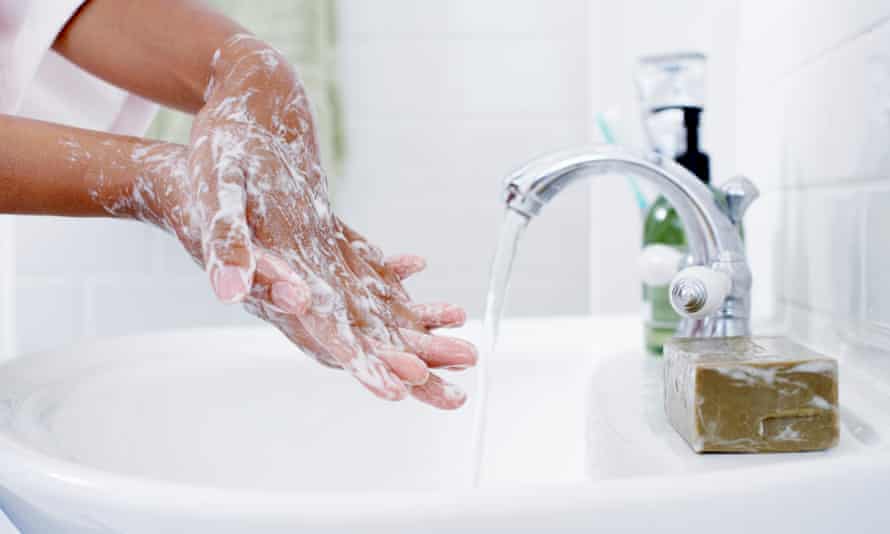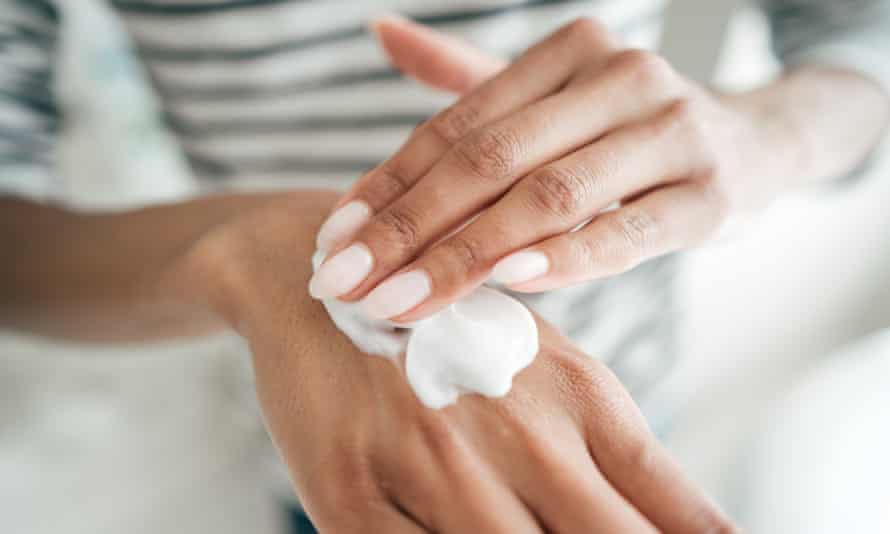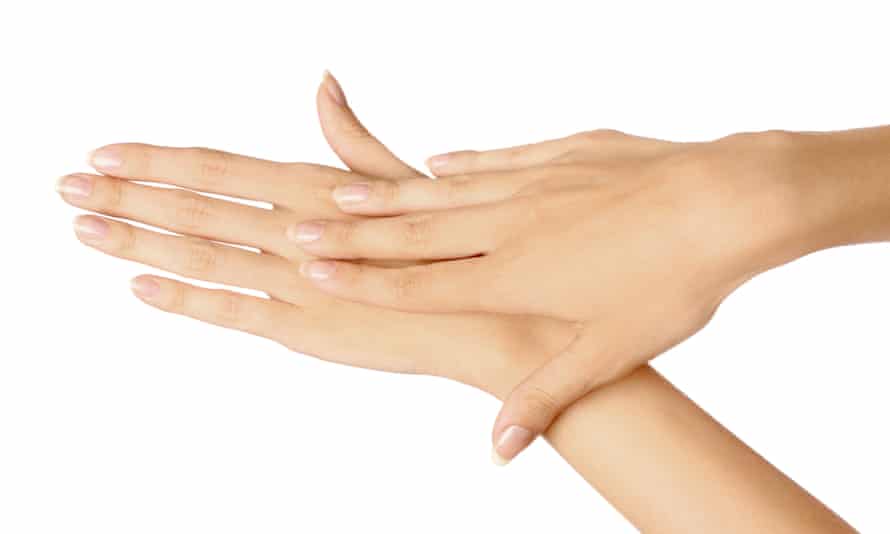If you never gave that much thought to handwashing before the start of the pandemic, you’re well practised in it now. But all that soap and water, and repeated squirts of sanitiser gel, may have taken its toll on your mitts. “That’s what we’re seeing during the pandemic,” says Dr Tanya Bleiker, president of the British Association of Dermatologists. “People who have never had problems before are washing their hands so frequently they are developing irritant hand dermatitis [also known as hand eczema].”
If your hands become sore or cracked, “then you do need to have treatment,” says Bleiker. A pharmacist should be able to offer advice and products, but it may require a visit to the GP, “because you may need some topical steroid creams to calm that inflammation down”. There are steps you can take, however, to try to prevent getting to that stage. Here are a few tips to keep your hands healthy.
Keep washing your hands

It’s as important as ever to stop the spread of Covid-19. “The best way of doing that is with soap and water, and if you can’t get hold of soap and water, then use alcohol gel,” says Bleiker. However, what happens with frequent washing “is it breaks down our normal skin barrier, which means our skin then becomes dry and itchy. If that carries on without using moisturisers to repair that damage, you’ll end up getting dry, itchy skin which becomes inflamed and often cracked.” Alcohol sanitiser gel causes similar problems, although it’s not as damaging as soap and water. Anybody can develop hand dermatitis, or eczema, from frequent handwashing, but it will also exacerbate pre-existing skin conditions. “It’s important that people with these conditions follow treatment guidance regarding looking after their hands,” says Bleiker – but it’s also important to keep washing. The aim is to look after your hands, so they can withstand frequent washing.
Avoid hot water, and dry thoroughly
Hot water will be more likely to irritate the skin, Bleiker says. “We’d advise using lukewarm water.” Then, rather than rub your hands on a towel, “which often irritates, you can pat dry, but make sure your hands are properly dry”. If you wear rings, make sure your fingers are dried underneath, or take them off before washing.
Don’t use only soap
Consider keeping two lots of handwash at home: one that’s soap-based to use when you come in from outside, to kill any virus particles, and another that’s a soap substitute (such as aqueous cream), to use at home the rest of the time. “Use that only where there’s no infection risk,” says Bleiker. “That minimises the amount of detergent you’re exposed to.”
Moisturise regularly

If your hands are irritated, avoid fragranced creams. Otherwise, the best moisturiser is the one you’ll actually use, says Bleiker; if it’s too heavy or greasy, and you don’t like the way it feels, you’ll never use it. “Sometimes, if you’ve got very dry, cracked skin, a more greasy ointment is better because that is better at hydrating and locking the moisture in. But some people find those ointments are too messy, particularly for work.” She recommends applying thick moisturiser and then putting on cotton gloves. This can be good overnight (you can also buy “hand masks” which follow the same idea). Apply moisturiser after each time you wash your hands, and throughout the day, particularly if you notice dryness – one of the earliest places it appears, says Bleiker, is on the back of the hands and between the fingers. Elizabeth King, skincare expert with Weleda, suggests keeping tubes of hand cream everywhere: “I keep it in the car, one in the bag, one in every bathroom. It needs to be accessible, and it’s just part of your daily care.”
Give yourself a hand massage

It doesn’t need to take more than 30 seconds, says King, and it’s “a wonderful way of just taking a moment and doing something for yourself, giving back to the hands that have probably been typing away on the laptop, or doing things”. She recommends putting cream on both hands, then sweeping one over the other three times, circling around the knuckles with your thumb; then moving along each finger, gently pinching between each joint.
“When you reach your nails, make circular movements around the nail bed and the cuticles,” King says. Massage the palm and heel of the hand, and wrist, then finish with a stretch (make a fist, then extend your fingers). “When giving your hand a massage, if you can reach up to your elbow, that’s even better, but certainly go just beyond the wrist bone,” she adds. The scent of the cream (and handwash) can be a good pick-me-up when there isn’t much else to enjoy. She also suggests doing a gentle exfoliation by rubbing some oats wrapped in a bit of muslin over your hands.
Wear gloves
Think about all the ways your hands are exposed to drying detergents – cleaning, washing up, shampooing your children’s hair. Bleiker suggests wearing gloves for such tasks, such as nitrile (those blue disposable ones) or household rubber gloves. These can make skin irritation worse if they become sweaty, “so wearing cotton gloves inside, or getting cotton-lined rubber gloves, reduces sweating,” she says. “It’s about all of these little things to maximise the preventive aspect and maintain our skin barrier, or improve it if our hands have become dry and sore.”
from Lifestyle | The Guardian https://ift.tt/3bABGQd
via IFTTT

comment 0 Comment
more_vert